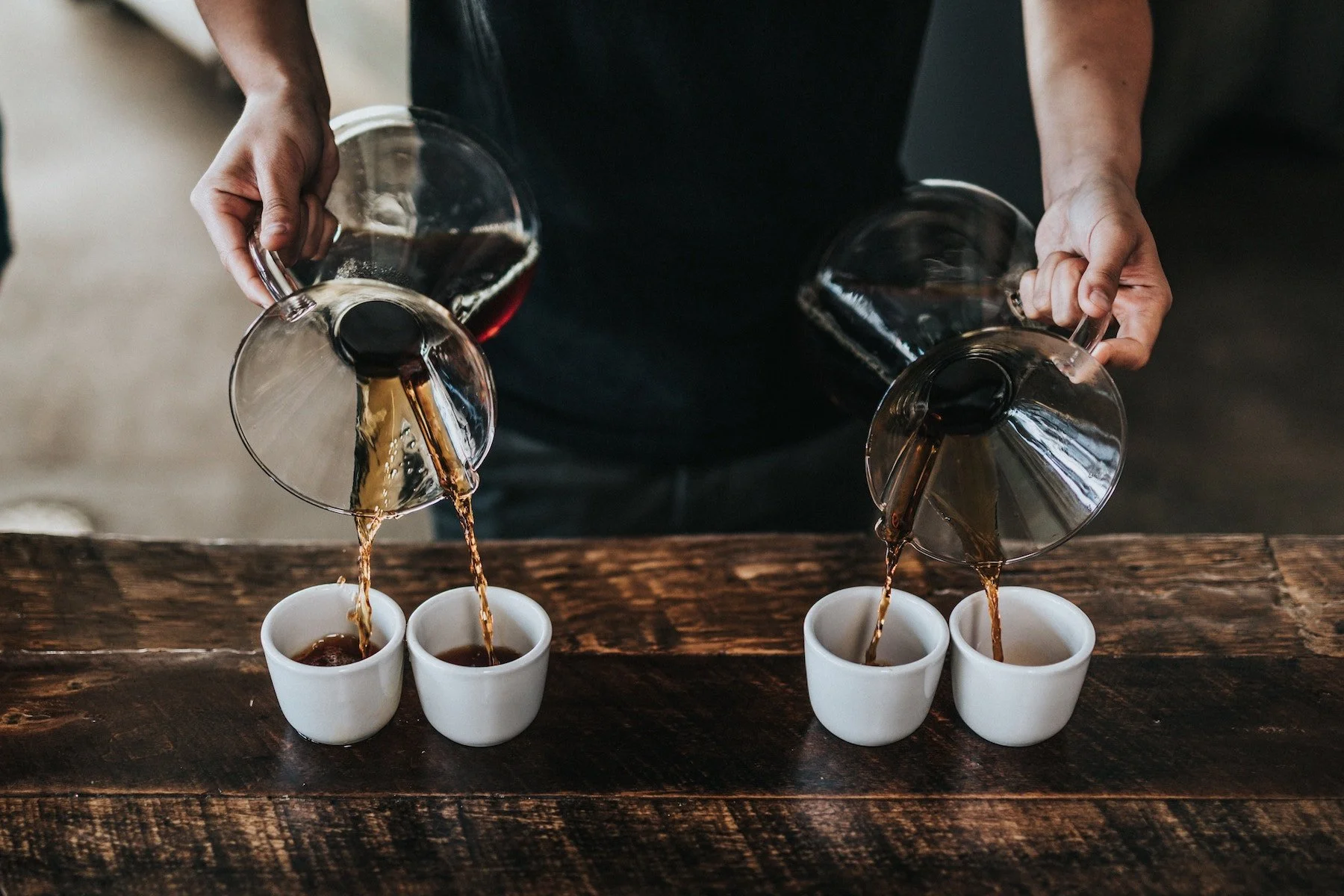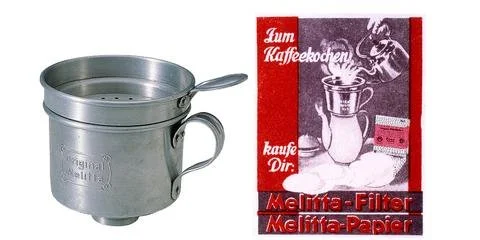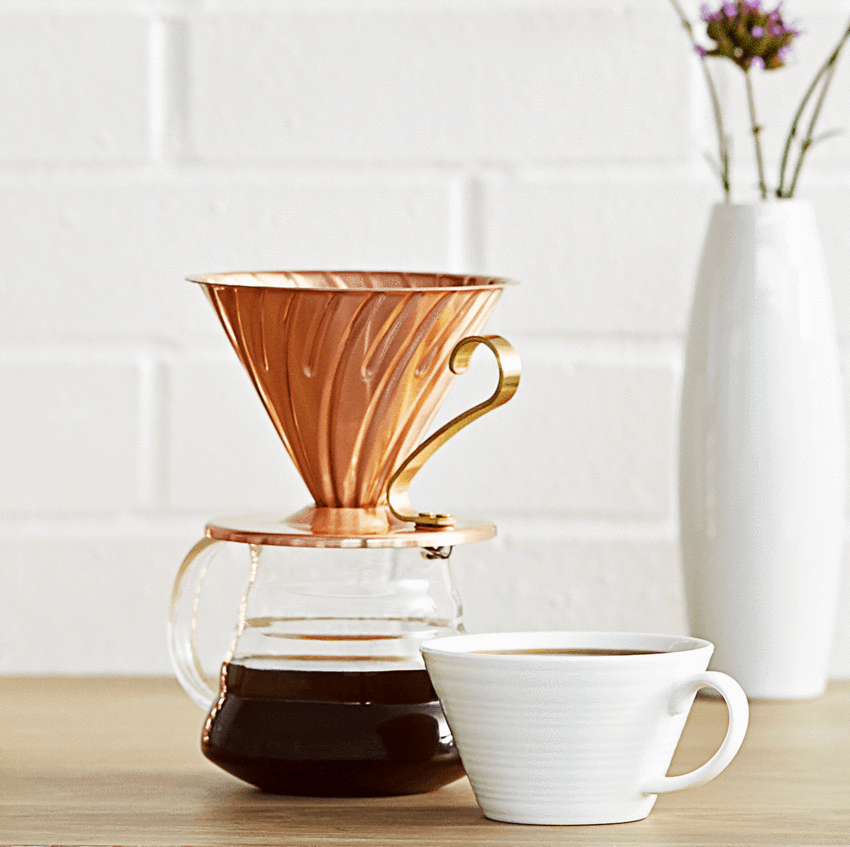It was not until I came to college that I realized how prevalent coffee has become in our day to day lives. We wake up, craving coffee. We spend time with friends, grabbing coffee. We survive the day after an all-nighter, drinking coffee. Simply, coffee has become more than an energy booster. It is a tradition with a culture of its own; expressing itself through fashion, music, lifestyle, gastronomy, art, design and more.
Exciting as it might sound, however, coffee culture can be intimidating, especially when faced with a selection where the only item you recognize is a cappuccino. I can’t even tell you how many times I ordered a hot chocolate instead of a coffee because I was too scared to keep a line of caffeine-deprived coffee heads waiting to ask about the difference between an aero press and a syphon.
This is why I created “Coffee Crawl”—a guide that will take you through the intricate and interesting corners of coffee culture, so you don’t have to stick to hot chocolate (nothing against hot chocolate, I do love a good cup of cocoa). I hope this series will serve as a roadmap for all your caffeinated escapades, making your daily coffee more than just a cup that gets you through the day.
The Pour Over
The first stop on our Coffee Crawl is the “Pour Over,” a coffee that my friend described as “insulting and confusing” because it’s twice as expensive as the “drip” coffee at Plein Air even though it looks the same. I completely understand the frustration, the look of the coffee doesn’t do it justice; however, when it comes to taste, that is a whole different story. Compared to the drip coffee that you can simply make at home by pressing a button on your coffee maker, a pour over is manually brewed, requiring significantly more time and skill for which you get a morning cup with a whole new depth of flavor that your Nespresso could never give in return.
A Bit of History
Before explaining the magical process behind this brewing technique it might be interesting to know that the pour over is nothing new. In fact, it’s been around for more than a century thanks to a German lady named Melitta Bentz who got sick of drinking bitter and muddy unfiltered instant coffee. To get rid of the unpleasant sludgy and thick texture she hated so much, Melitta went against the coffee mainstream of her time and started drinking her coffee poured over a brass pot with holes and a paper on top. The paper would catch all the freely floating coffee powder, leaving her cup cleaner and less bitter. Sharing this technique with her friends and community, Melitta slowly started changing the global coffee scene to a point when even the so-called Viennese café intellectuals switched from their adored rough black sludge to the Bentz filter.
Pour Over Now
Funnily enough, not much changed since Melitta’s days. Her approach to coffee is, in fact, what grounds our ever-changing coffee drinking society into tradition. We still prepare coffee the same way she did— we take a filter paper, put it into our pot of choice, throw in coffee grounds and pour in hot water. The only difference is that now we use prettier and more refined brass pots to do so. The ones you will see around the most are Chemex, V60, and Hario Switch; the others, I would say, are designed for first league coffee enthusiasts, and you will probably never see them on a coffee shop menu.
For those interested, here is a quick run down of the three “main” brewers.
Hario Switch
Looks like a V60 but has silicone base for immersion brewing (water soaks and mixes with the beans instead of passing straight through).
Produces a rich dark flavor and a smooth thick texture.
And for those that are a little less enthusiastic but still want to know why it’s worth to pay $2 more for a cup of simple black pour over coffee, the main take away is that a pour over will give you a lighter and smoother coffee taste without the grittiness of unfiltered coffee—which I think worth every extra cent.
Thumbnail image via




